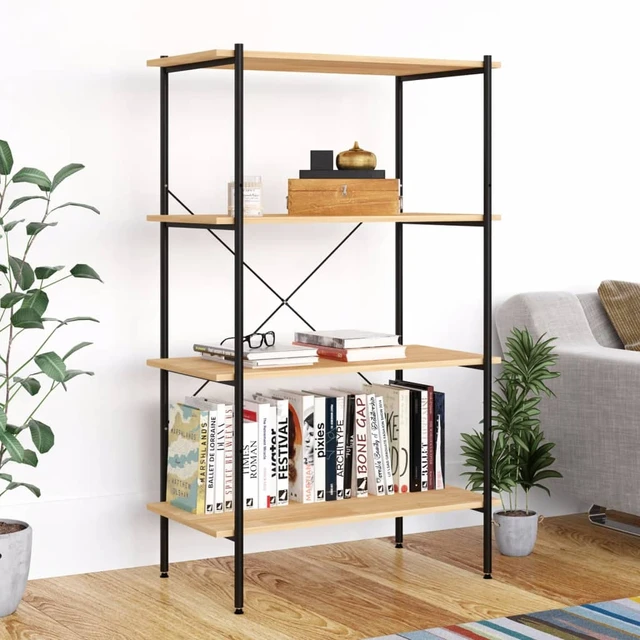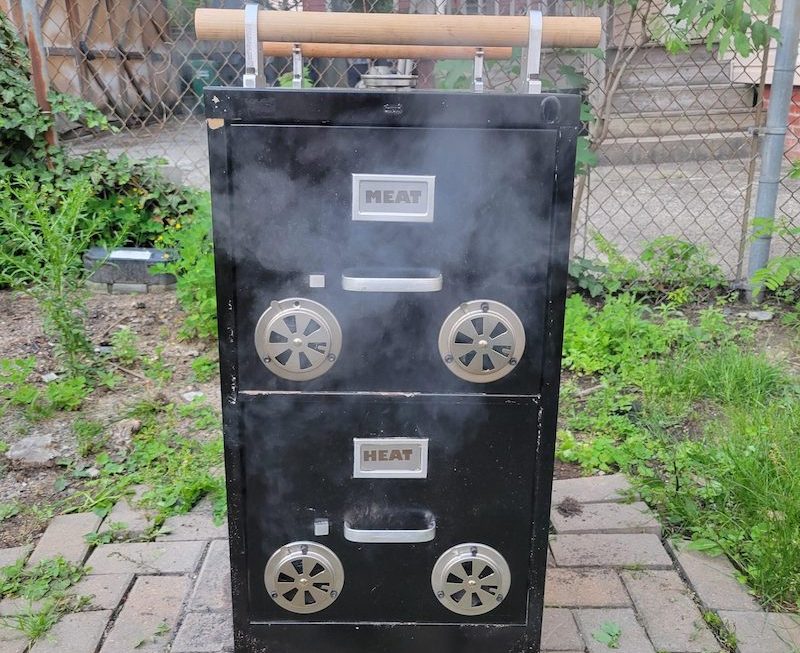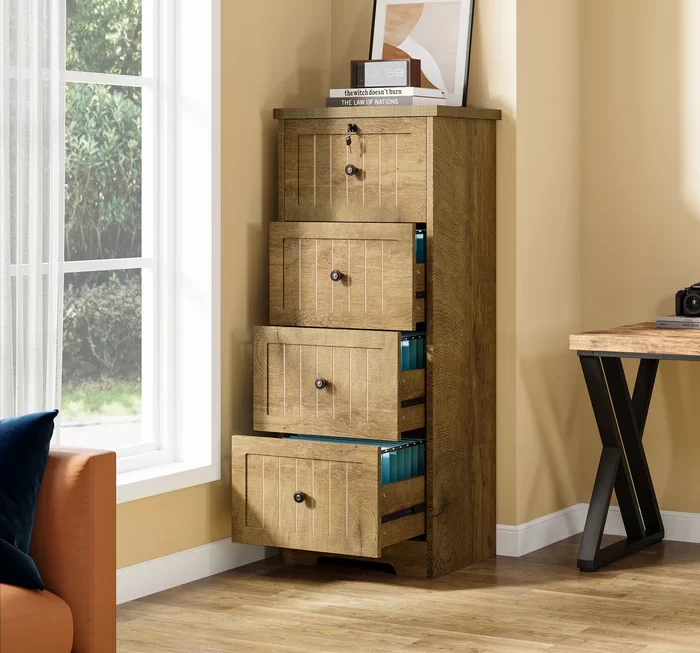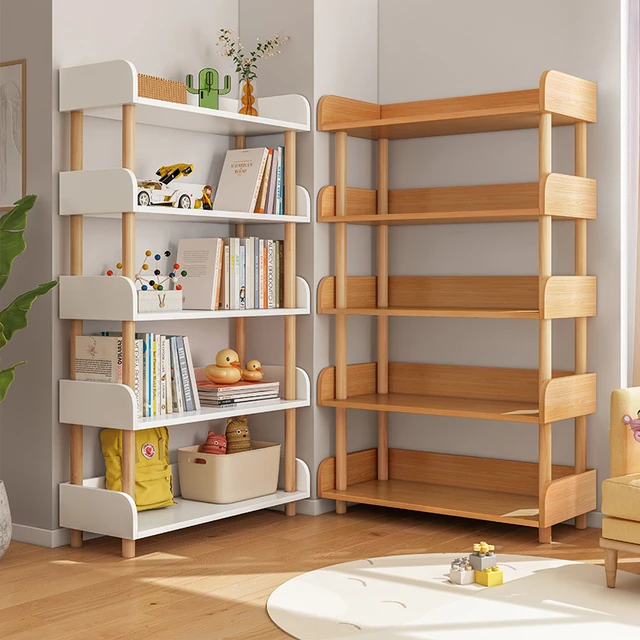 Introduction:
Introduction:
Building a bookcase is a rewarding DIY project that allows you to create a functional and stylish piece of furniture for your home. Whether you’re an experienced woodworker or a novice, with the right tools and materials, you can successfully build a bookcase. In this comprehensive guide, we will provide a step-by-step process for building a bookcase. By following these simple instructions and taking necessary precautions, you can create a custom bookcase that adds both beauty and functionality to your space.
Introduction to Building a Bookcase
Building a bookcase provides a cost-effective and customizable solution for organizing and displaying your books and other items.
A. Personalization: Building your own bookcase allows you to customize its size, design, and finish to match your personal style and space requirements.
B. Woodworking Skills: While some woodworking skills are helpful, even beginners can successfully complete a bookcase with proper guidance.
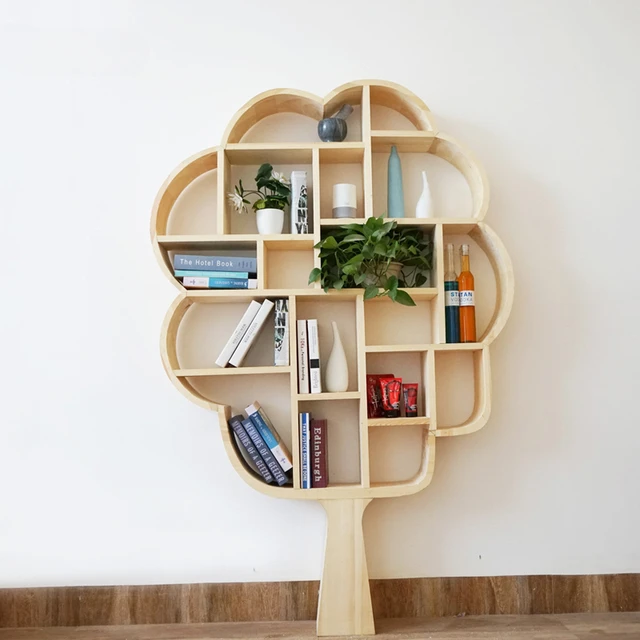 Planning and Preparation
Planning and Preparation
Before starting the construction process, adequate planning and preparation are essential.
A. Determine Dimensions: Measure the space where the bookcase will be placed to determine the appropriate height, width, and depth.
B. Design Considerations: Decide on the desired design, such as the number of shelves, adjustable shelf options, and any additional features.
Gathering Tools and Materials
Ensure you have all the necessary tools and materials on hand before beginning construction.
A. Tools: Common tools for building a bookcase include a circular saw, drill, tape measure, clamps, level, sander, and screwdriver.
B. Materials: Choose the type of wood suitable for your project, such as plywood or solid wood boards, as well as screws, wood glue, and finishing materials.
 Some common types of bookcases:
Some common types of bookcases:
There are various types of bookcases available to accommodate different styles, spaces, and storage needs. Here are some common types of bookcases:
Standard Bookcase:
This is the most common type of bookcase, featuring a basic design with horizontal shelves and vertical supports. Standard bookcases come in various sizes, styles, and materials, such as wood, metal, or laminate.
Wall-Mounted Bookcase:
Wall-mounted bookcases are designed to be attached directly to the wall, saving floor space and creating a sleek, floating appearance. These bookcases can be mounted at any desired height and provide a modern and minimalist look to a room.
Barrister Bookcase:
Barrister bookcases feature glass doors that can be opened and slided up or aside to access the books. This design helps protect the books from dust and adds a touch of vintage charm to the space. Barrister bookcases are often made of wood and come in various sizes and configurations.
Ladder Bookcase:
Ladder bookcases have a leaning design, resembling a ladder, with shelves gradually increasing in size from top to bottom. These bookcases can add a stylish and contemporary touch to a room while maximizing vertical space. Ladder bookcases are usually made of wood or metal.
Corner Bookcase:
Corner bookcases are designed to fit into the corner of a room, making efficient use of the space. These bookcases come in various shapes and styles, such as triangular or curved, and can provide a clever storage solution for small or awkward spaces.
Open-Back Bookcase:
Open-back bookcases feature shelves with an open design, allowing books to be displayed from both sides. This type of bookcase is ideal for creating a room divider or displaying books in an open-plan space.
Revolving Bookcase:
Revolving or rotating bookcases consist of multiple shelves attached to a central axis, allowing the entire bookcase to spin or rotate. This design provides easy access to books and adds an element of novelty to the room.
These are just a few examples of bookcase types available. The choice of bookcase depends on personal style, storage needs, available space, and budget. It’s important to consider these factors when selecting a bookcase that best suits your requirements and complements your décor.
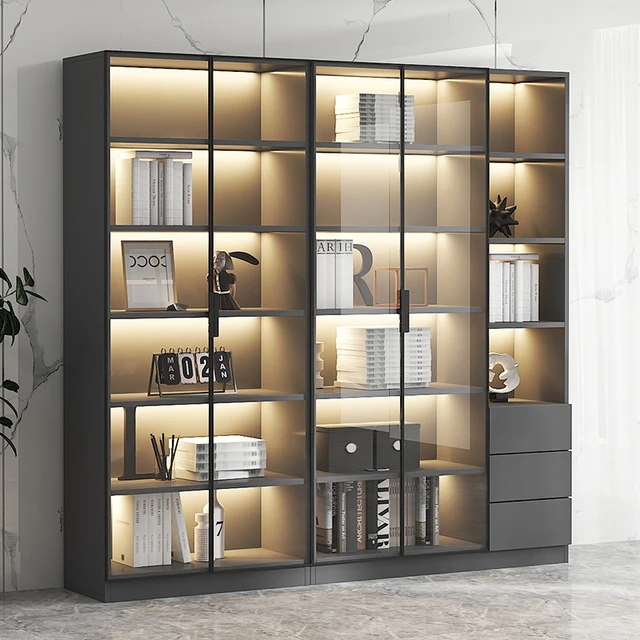 Cutting and Assembling the Bookcase
Cutting and Assembling the Bookcase
Follow these steps to cut and assemble the bookcase:
A. Cutting the Wood: Cut the wood boards according to your desired dimensions using a circular saw or ask for assistance from a hardware store.
B. Assembly Process: Assemble the bookcase frame by attaching the sides, top, bottom, and back using wood glue and screws.
C. Installing Shelves: Determine shelf spacing and attach the shelves using screws or shelf supports.
Finishing and Sanding
Finish the bookcase to enhance its appearance and protect the wood.
A. Sanding: Smooth the surfaces using sandpaper or a sander to remove any rough edges or imperfections.
B. Finishing Options: Apply paint, stain, or a protective finish to the bookcase according to your desired aesthetic.
Mounting and Anchoring
Securely mount the bookcase to the wall to ensure stability and prevent accidents.
A. Locate Wall Studs: Use a stud finder or tapping technique to locate wall studs for anchoring the bookcase.
B. Anchoring Process: Securely attach the bookcase to the wall using screws and brackets to prevent tipping.
Organizing and Styling
Once the bookcase is complete, organize and style it according to your preferences.
A. Arranging Books: Organize your books by genre, author, or size to create an aesthetically pleasing display.
B. Adding Décor: Personalize the bookcase with decorative items, such as plants, picture frames, or knick-knacks.
Maintenance and Care
Maintain the bookcase’s beauty and functionality with regular maintenance.
A. Cleaning: Dust and clean the bookcase regularly to keep it looking its best.
B. Preventive Measures: Avoid placing heavy or unevenly distributed items on the shelves to prevent sagging or damage.
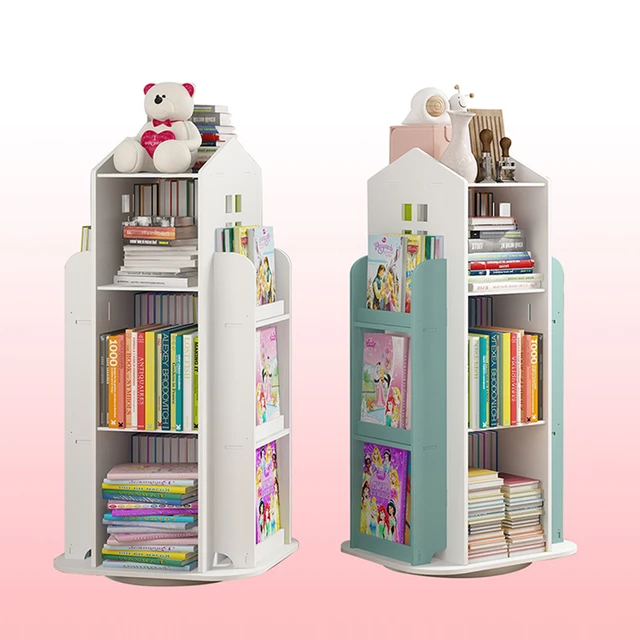 Conclusion
Conclusion
Building a bookcase is a fulfilling project that allows you to create a functional and visually appealing piece of furniture. By carefully planning, gathering the necessary tools and materials, and following the step-by-step construction process, you can successfully build a bookcase. Take pride in your craftsmanship as you customize the design and finish to match your personal style. Remember to properly anchor the bookcase to the wall for stability and organize it with your books and décor items. With these instructions and your creativity, you can enjoy a beautiful and functional bookcase that adds charm and convenience to any space in home.
